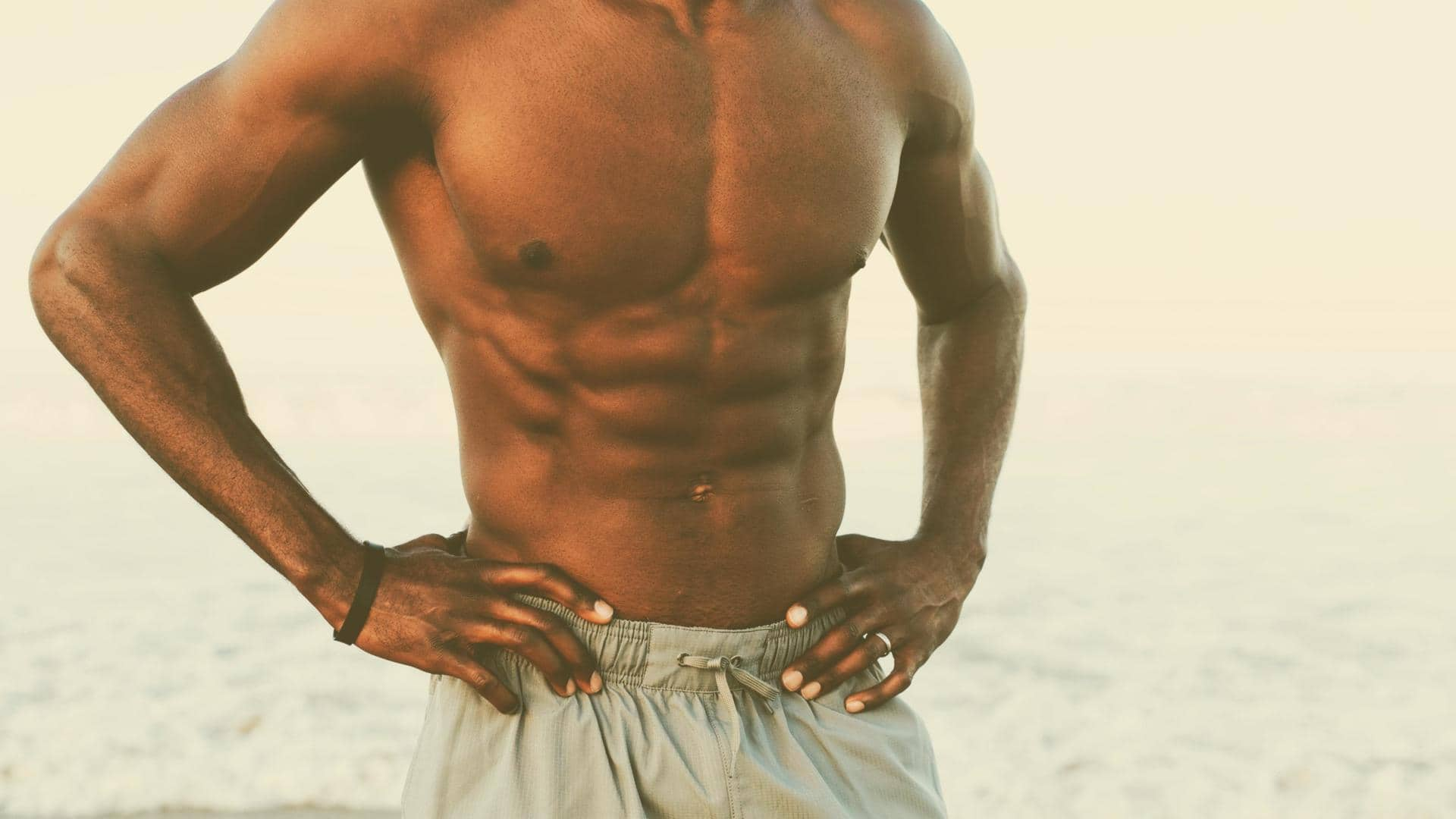
Know about crucial core muscles before you begin strengthening exercises
What's the story
From the minute you get out of bed to the minute you go back to bed to take a good night's sleep, there isn't a moment where you're not using your core. That's why it becomes important to know about this all-purpose, multi-functional body part. We have enlisted the major muscles that form your core and the exercises you can do to strengthen them.
Abs
Rectus abdominis
The rectus abdominis muscle, commonly known as the abs, is a long, straight muscle located in the front of the abdomen. It is responsible for flexing the trunk and rotating and side-bending the spine. Exercises such as crunches, sit-ups, and leg raises can help strengthen the rectus abdominis. Strengthening it can help improve posture, stability, and overall fitness.
Side abdomen
External oblique
The external oblique muscles are located on the sides of the abdomen and run diagonally from the lower ribs to the front of the hip bone. It plays an important role in supporting the spine and trunk, as well as providing stability to the torso during movements. Exercises that target the external oblique muscles include side bends, oblique crunches, Russian twists, and side planks.
Internal abdomen
Internal oblique
The internal oblique muscles are located in the abdomen, just below the external oblique muscles. They run diagonally in the opposite direction of the external oblique muscles, from the lower ribs to the hip bones, and support the spine and trunk. Exercises that target the internal oblique muscles include oblique crunches, Russian twists, side planks, and bicycle crunches.
Corset muscle
Transverse abdominis
The transverse abdominis muscle, commonly known as the corset muscle, runs horizontally around the torso, wrapping around the waist like a corset. The muscle helps to contain and support the organs located inside the trunk and provides stability to the spine. You can include exercises such as planks, side planks, and abdominal holds to strengthen your transverse abdominis muscle.
Back muscle
Erector spinae
The erector spinae muscles are a group of muscles that run along the spine and provide support and stability to the back. These groups of muscles play an important role in extending and rotating the spine, as well as maintaining proper posture and supporting the back. To strengthen the erector spinae muscles, perform back extensions, deadlifts, and good mornings.
Hip
Hip flexors
The hip flexors are a group of muscles located in the front of the hip and connect the lower back to the hips, groin, and thigh bones. These muscles are responsible for flexing the hip joint, bringing the thigh towards the torso, and also play a role in stabilizing the hip joint. Perform lunge variations, single-leg deadlifts, and hip flexor stretches to strengthen these.
Glutes
Gluteal muscles
The gluteal muscles are a group of three muscles located in the buttocks that play an important role in the movement and stability of the hip joint. These muscles help in extending and rotating the hip joint, which is necessary for movements such as walking, running, jumping, and climbing stairs. You can do squats, lunges, and glute bridges to strengthen these muscles.